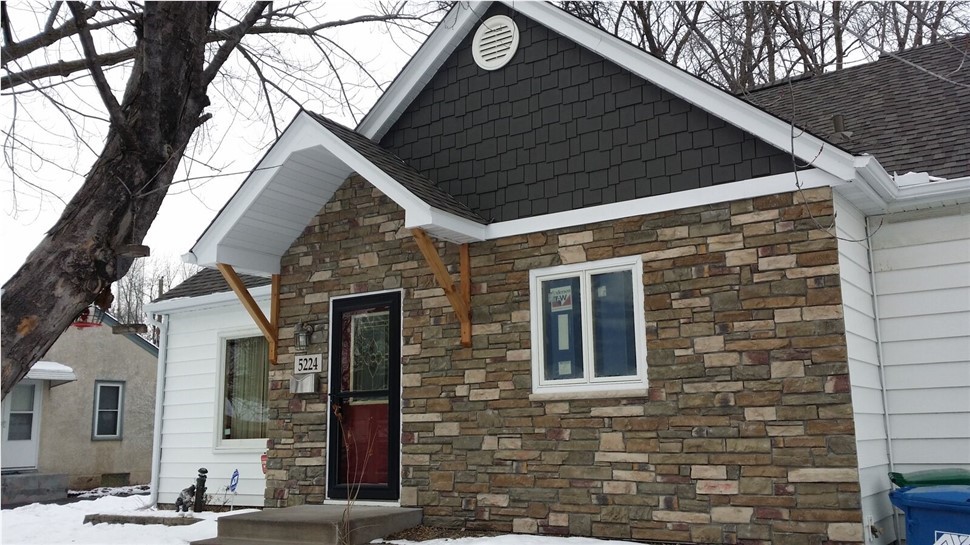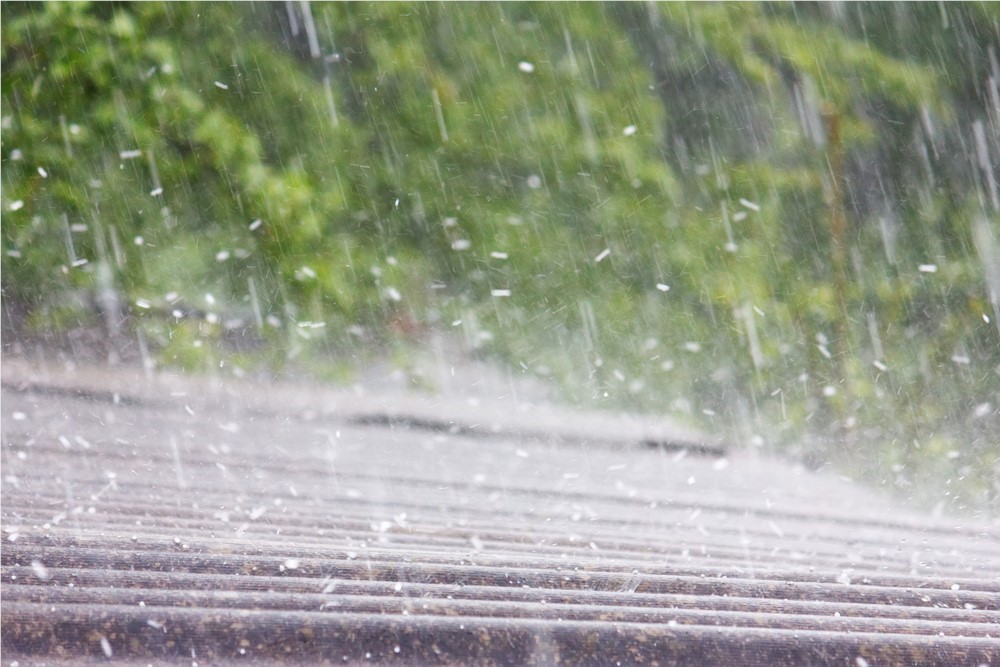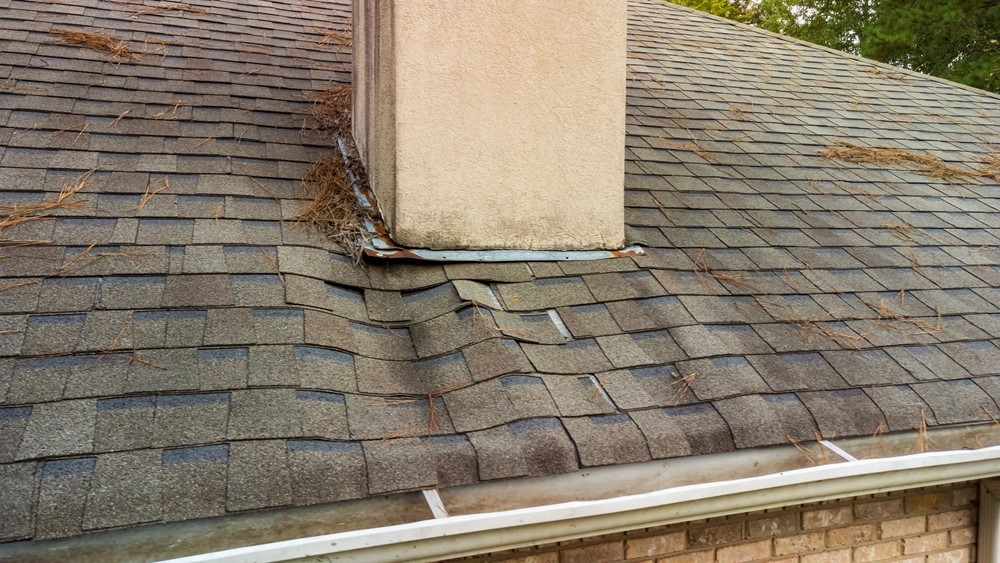 If you have a beautiful yard, beautiful landscaping, a cute little mailbox and windows that shine for days but the roof has dark marks that are not looking too good, they might be lowering the curb appeal of your home. And in addition to being unattractive, they could also be responsible for roof deterioration.
If you have a beautiful yard, beautiful landscaping, a cute little mailbox and windows that shine for days but the roof has dark marks that are not looking too good, they might be lowering the curb appeal of your home. And in addition to being unattractive, they could also be responsible for roof deterioration. Where are they coming from? Can you do anything to remove them?
The source of this problem stated by experts is an algae known as Gloeocapsa magma. Cleaning the roof – depending on the specific age and condition that the roof is in – may be your best bet when it comes to removing the black streaks. It is also one of the most cost-effective ways to remove the streaks as well.
You're not able to prevent this marking from happening, but you can remove it – although it might come back soon after. The algae is able to feed on limestone that is used to fill asphalt shingles found on many roofs. This is what adds weight to the shingles that are placed on the home. Although some components are being added to shingles to stop the growth of this algae, it still hasn't ceased to exist entirely.
The areas where the roof is darker and wetter is where you're bound to find the algae growth happening. If you've got portions of your roof that are continually shaded or under tree cover, those are the spots you may notice it the most. The algae is blue-green when it first shows up, but over time it will decay and turn black; this is what makes your roof look less than perfect. Even though it looks bad, this is not the worst part of having the algae on the roof – you can have damage done to it over time such as water leakage and weak areas where the algae ate through the materials. Even if it dries out one year, it is still able to come back the next year.
Always consider having it professionally cleaned, since power washing and scrubbing it can further damage your roof. The cost will depend on the size and difficulty level of working on the roof. Make sure to hire a company that knows how to take care of the algae and is not going to further damage your roof. If algae is a recurrent problem, you may want to consider replacing your roof with an algae-resistant choice. Metal roofing doesn't feed algae development, and while it may cost more up front, in the long run you may save some real cash since you won't need to have your roof professionally cleaned and repaired year after year.
With all the snow that we have had this winter throughout Minneapolis, the roofs in this area and St. Paul got a lot of moisture. With the snow gone, it is a good idea to give your roof a visual inspection to check for this and other problems. Spring is a great time to get that roof inspection and those repairs in with a Minneapolis and St. Paul area roofing contractor. We are able to provide those services and more here at Quarve. If you've got concerns about the state of your asphalt roof - algae or not - give us a call today to arrange an inspection. 763.785.1472.
Subscribe to Quarve Contracting's Blog







Comments